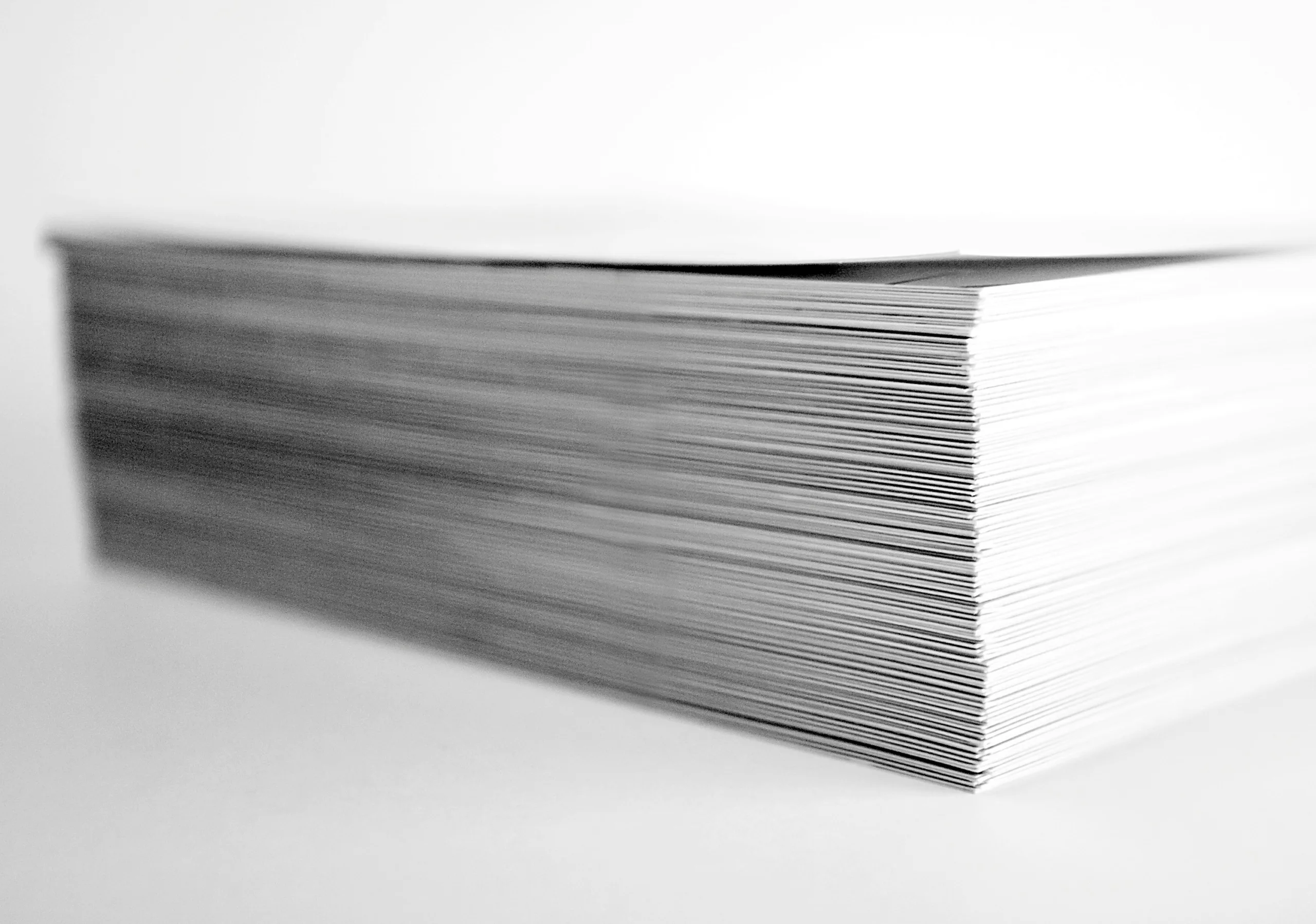Historically, parties have on many occasions sought to skew evidence in their favour. For example, a wife might believe that the matrimonial home was purchased with a gift of money from the husband’s parents on their marriage. She may be surprised (and horrified) when divorce proceedings are afoot and the husband produces a loan agreement between him and his parents to the effect that those monies have to be repaid and do not form part of the marital assets. Sometimes it is necessary to conduct forensic investigations to date such agreements to ascertain whether they are genuine or whether they have in fact been generated after the fact, in the context of divorce proceedings and with the deliberate intention of reducing the pot of money available to be distributed to the other party.
X v Y is a judgment that has, in part, been published to highlight how easy it is in the modern age for dishonest parties to manufacture evidence that, at first blush, looks genuine. In this instance, the husband was a tech entrepreneur. The parties lived overseas. In 2014, the husband wished to move to the UK but the wife was reluctant. The husband showed her a draft sale contract offering him £80M to purchase his company and a bank statement demonstrating that a down payment of £8M had been paid into his company’s bank account. The wife accepted the husband’s contention that a move to London would be financially beneficial to the family and the move was made. Several years later the marriage failed and divorce proceedings were commenced.
The husband’s behaviour and disclosure during the proceedings was woeful. He repeatedly failed to comply with orders, file his disclosure and even failed to attend hearings. During the divorce proceedings copy bank statements for the relevant period in 2014 were obtained directly from the bank. The £8M payment was missing from the bank statement. The husband tried to argue that the deal had foundered and so the money had been returned and consequently no longer appeared on the statement but the judge rejected that contention and found that on a balance of probabilities the husband had “dishonestly and falsely manufactured the presented 2014 bank statement to mislead the wife into moving to London.”
Unfortunately for the wife in this case, the husband’s deception had been to persuade her that he had money that it appeared he did not in fact have. In fact, at the time of trial there were no readily identifiable assets against which an award could be made in the wife’s favour. The husband said that he was bankrupt in his home nation, effectively homeless and in significant debt. The judge could not be certain where the dishonesty lay – was it in saying he had an offer of £80M in 2014 or was it in saying he had nothing at all at the time of trial? Certainly the husband’s social media accounts presented a very different story to the one that the husband was presenting at trial, showing the husband travelling by private plane and visiting the Monaco Grand Prix.
Family lawyers are seeing a rise in this type of deception. It is perhaps unsurprising that this is becoming a more prevalent issue given the increased use by everybody of digital documentation following the covid pandemic. For those with the necessary technical ability (and remember that the husband in X v Y was a tech entrepreneur) it is not difficult to manipulate a document using a variety of methods.
So where does this leave us and the wife in X v Y? For the wife in that particular case, the judge has left her capital claims open for ten years giving her the ability to return to court should money/assets materialise. This is an unusual step but justified given the particular circumstances of this case. However, the case should serve as a salutary warning to those of us engaged in financial remedy proceedings not to simply accept material at face value where our clients tell us that it does not accord with their understanding of the position or where they tell us they are suspicious about the veracity of something the other party is saying. If a client is suspicious about a particular document then it may be worth checking the properties of the document which will show when a document was created and, when it was last modified. It is also worth keeping an eye out for careless errors – for example a bank entry dated 30th February or for differences on a single document that makes it stand out from the rest – different formatting or font for example.
For the offender there is the possibility that they face prosecution for contempt of court. The Form E (by which financial disclosure is given) contains a clear warning on the front page that reads, “You have a duty to the court to give a full, frank and clear disclosure of all your financial and other relevant circumstances. A failure to give full and accurate disclosure may result in any order the court makes being set aside. If you are found to have been deliberately untruthful, criminal proceedings may be brought against you for fraud under the Fraud Act 2006. The information given in this form must be confirmed by a Statement of Truth. Proceedings for contempt of court may be brought against a person who makes or causes to be made, a false statement in a document verified by a Statement of Truth.” It remains to be seen if the husband in X v Y will face sanctions.
Practitioners need to be alive to the fact that documentation produced within financial remedy proceedings may have been altered and should forensically examine the disclosure produced by the other side and be prepared to raise issues if the circumstances seem suspicious in any way. In a postscript to his judgment His Honour Judge Hess said, “One reason for my wishing to have this judgment published is that I wish to draw wider attention to the ability of dishonest parties to manufacture bank statements (and other documents) which, for all practical purposes, look genuine, but which are in reality not in that category. This has occurred in the present case and the wife has significantly suffered as a result of it and it is important for litigants, practitioners and judges to be aware of the issue.”
For further information, please contact Kelly Gerrard by email or your usual contact in the Family Department or, alternatively, telephone on 020 7465 4361.





